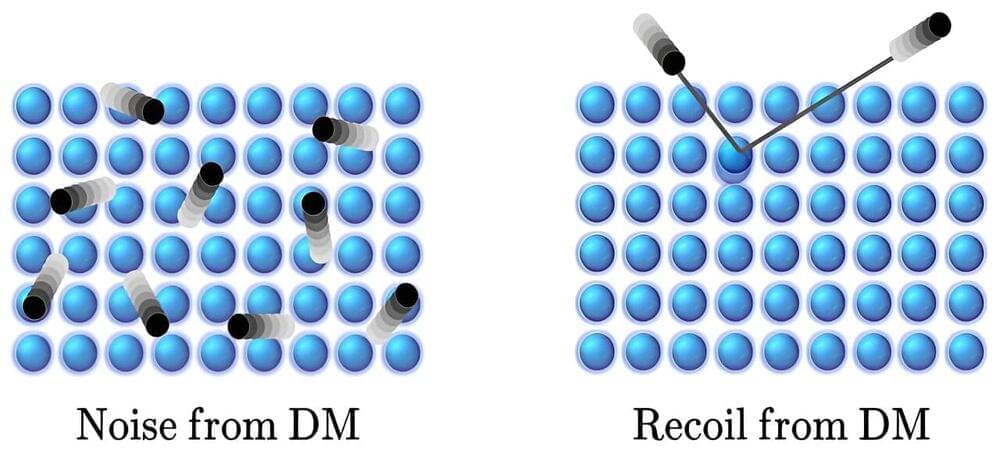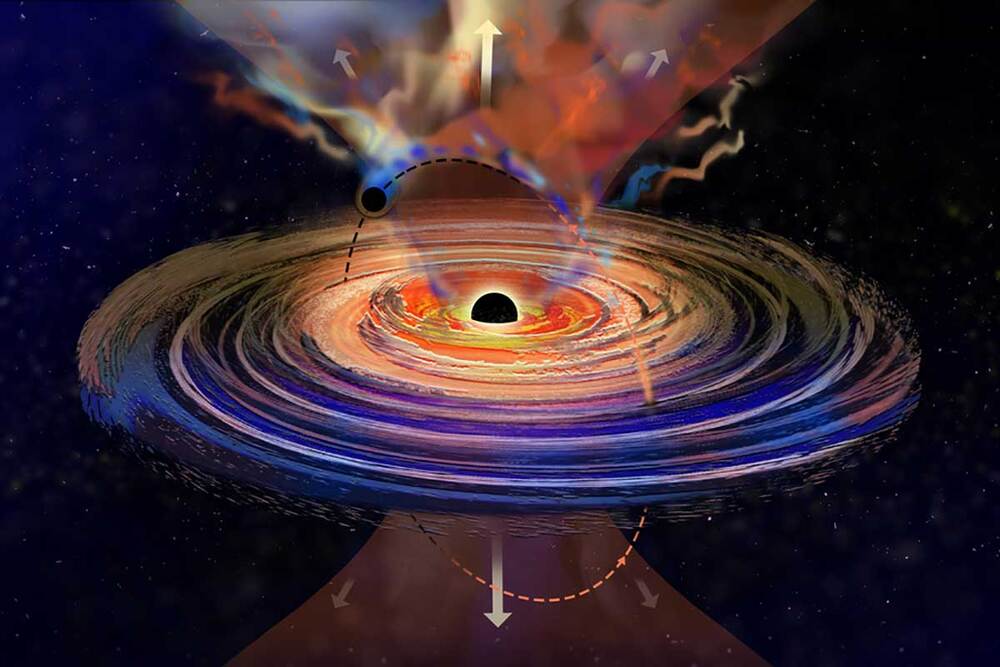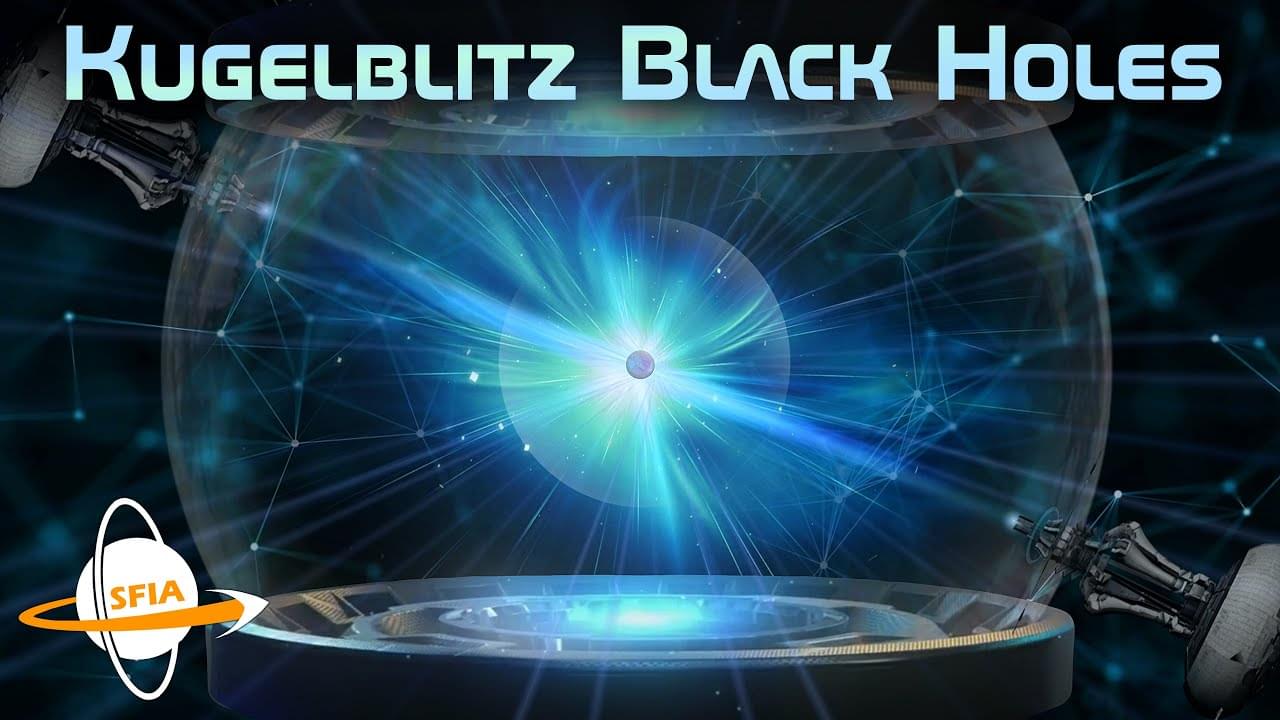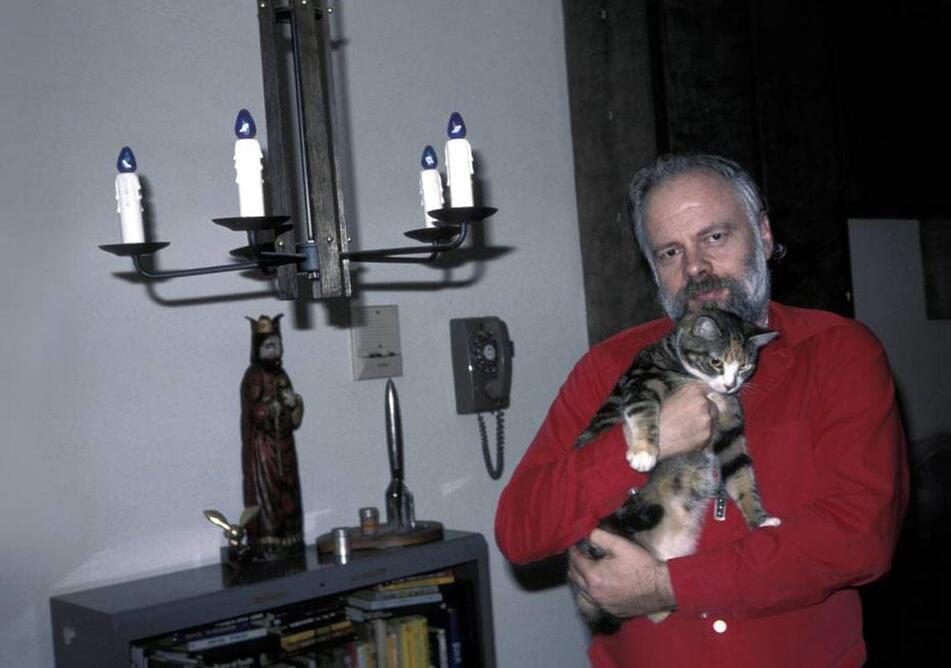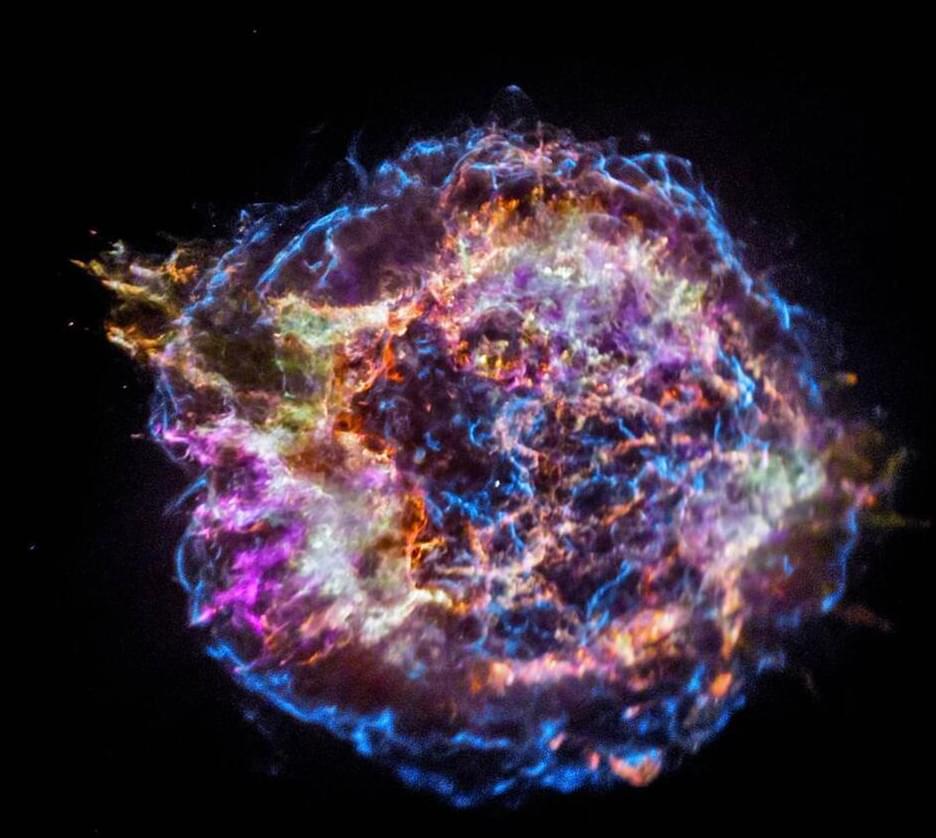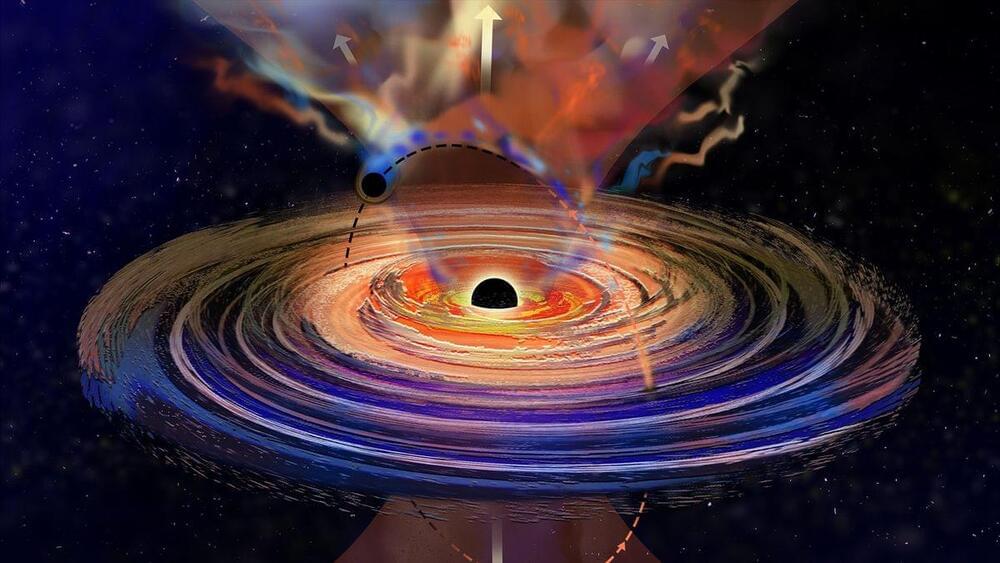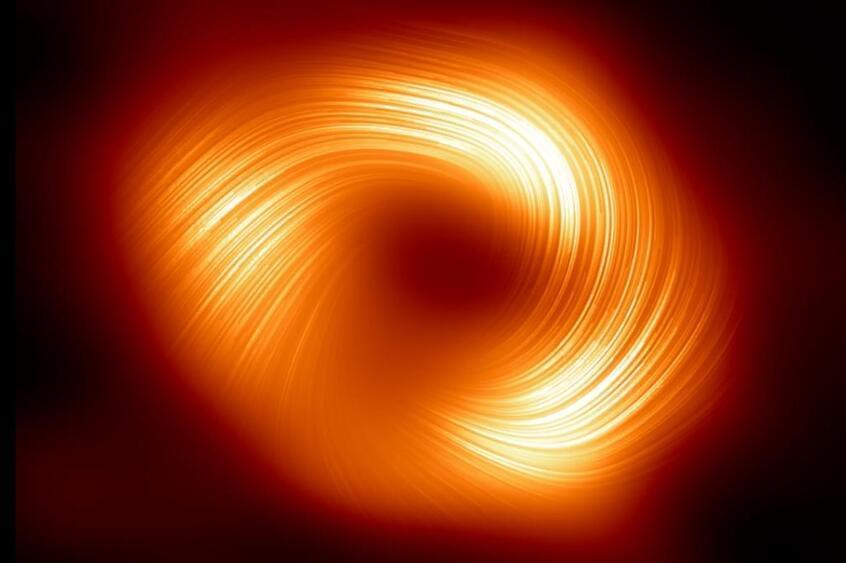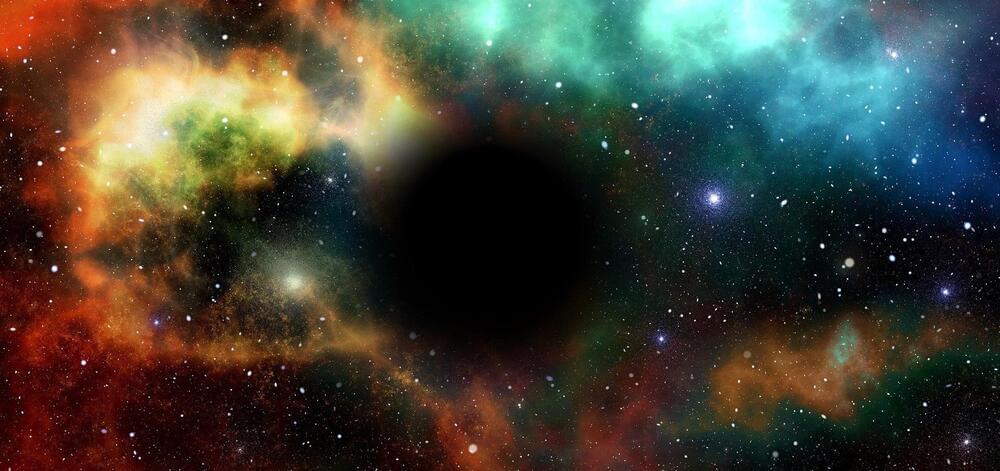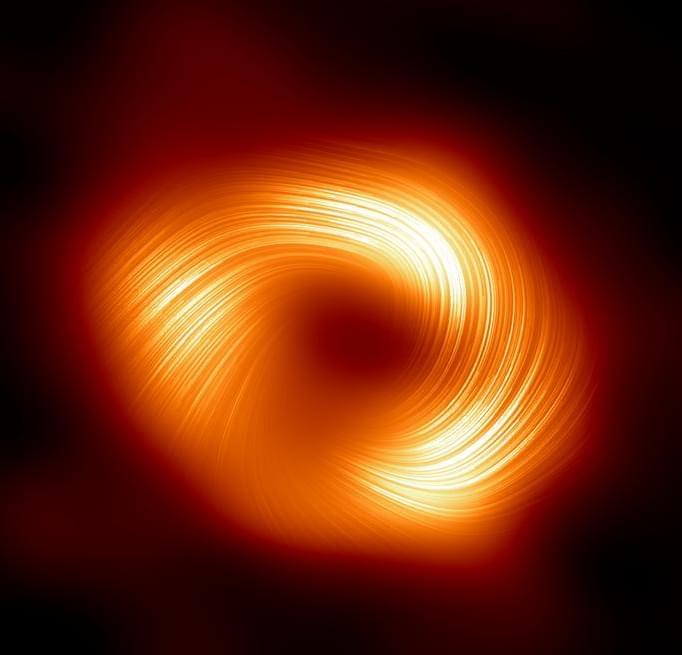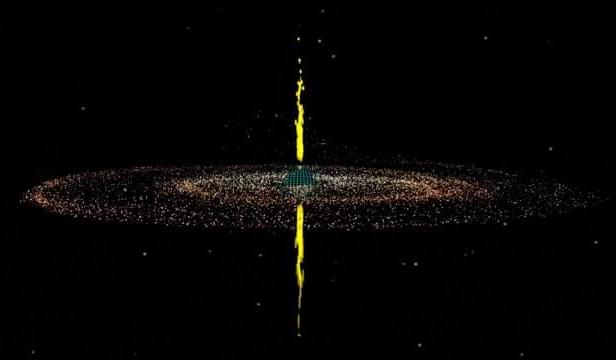Mar 29, 2024
Physicists propose new way to search for dark matter: Small-scale solution could be key to solving large-scale mystery
Posted by Dan Breeden in categories: cosmology, particle physics, quantum physics
Ever since its discovery, dark matter has remained invisible to scientists despite the launch of multiple ultra-sensitive particle detector experiments around the world over several decades.
Now, physicists at the Department of Energy’s (DOE) SLAC National Accelerator Laboratory are proposing a new way to look for dark matter using quantum devices, which might be naturally tuned to detect what researchers call thermalized dark matter.
Most dark matter experiments hunt for galactic dark matter, which rockets into Earth directly from space, but another kind might have been hanging around Earth for years, said SLAC physicist Rebecca Leane, who was an author of the new study.
